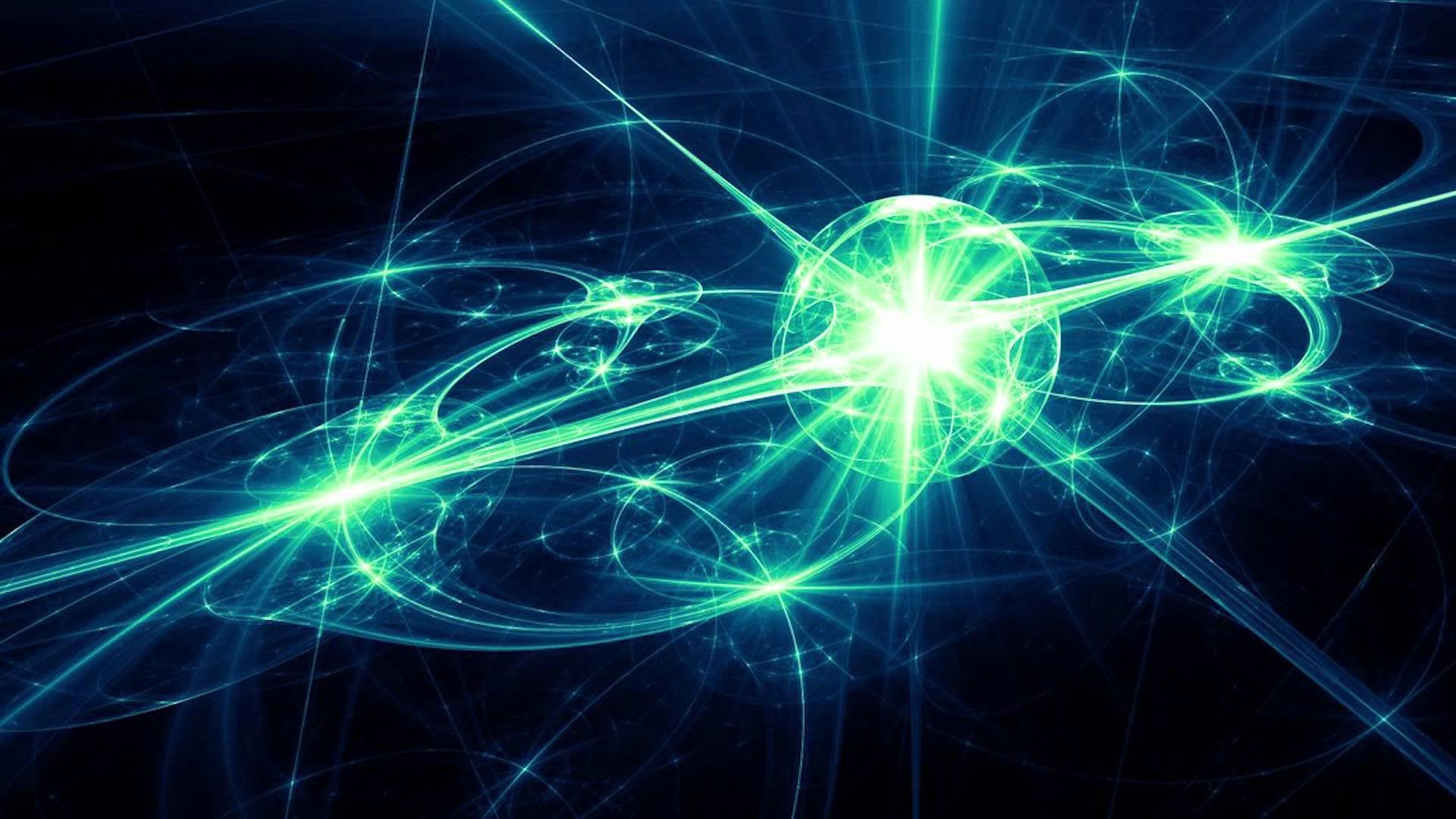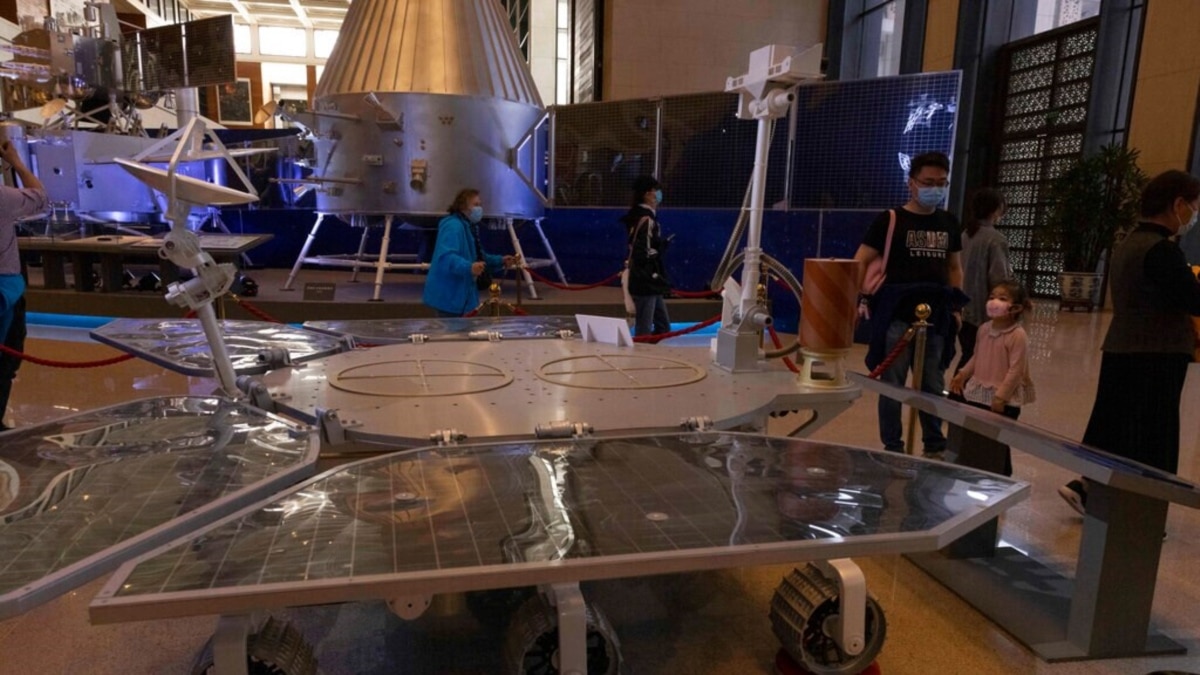
El estudio demostró que los mosaicos de carga son una consecuencia directa de la ESD.
La electrificación por contacto (EC) fue la primera y única fuente de electricidad de la humanidad hasta el siglo XVIII, pero su naturaleza real sigue siendo un misterio. Hoy en día, se considera un componente crítico de tecnologías como impresoras láser, procesos de producción de LCD, pintura electrostática, separación de plástico para reciclaje y más, así como un riesgo industrial importante (daños a sistemas electrónicos, explosiones en minas de carbón, incendios en plantas químicas). ) debido a las descargas electrostáticas (ESD) que acompañan al EC. Un estudio de 2008 publicado en Naturaleza descubrió que, en el vacío, los ESD de una simple cinta adhesiva son tan potentes que generan suficientes rayos X para obtener una imagen de rayos X de un dedo.
Durante mucho tiempo, se creyó que dos materiales en contacto/deslizamiento cargaban en direcciones opuestas y uniformes. Sin embargo, después de EC, se encontró que cada una de las superficies separadas tenía cargas (+) y (-). La formación de los llamados mosaicos de carga se atribuyó a la irreproducibilidad del experimento, heterogeneidades inherentes en los materiales en contacto o la “naturaleza estocástica” general de la CE.
Un equipo de investigación, dirigido por el profesor Bartosz A. Grzybowski (Departamento de Química) del Centro de Materia Blanda y Viva, dentro del Instituto de Ciencias Básicas (IBS) en Instituto Nacional de Ciencia y Tecnología de Ulsan (UNIST) investigó las posibles fuentes de mosaicos de carga durante más de una década. Se espera que el estudio ayude a controlar las descargas electrostáticas potencialmente dañinas y se publicó recientemente en la revista
Figure 1. Charge mosaics on contact-charged dielectrics. (a) In a conventional view, two electrically neutral materials (grey) are brought into contact and then separated charge uniformly (lower left), one positive (red) and one negative (blue). In an alternative scenario (lower right), each surface develops a highly non-uniform ‘charge mosaic’ with neighboring domains of opposite charge polarities. (b) Collage of charge mosaics reported in the literature (the years and scale bars are indicated). Credit: UNIST
In the paper published recently in Nature Physics, the group of Professor Grzybowski shows that charge mosaics are a direct consequence of ESD. The experiments demonstrate that between delaminating materials the sequences of “sparks” are created and they are responsible for forming the (+/-) charge distributions that are symmetrical on both materials.
“You might think that a discharge can only bring charges to zero, but it actually can locally invert them. It is connected with the fact that it is much easier to ignite the ‘spark’ than to extinguish it,” says Dr. Yaroslav Sobolev, the lead author of the paper. “Even when the charges are reduced to zero, the spark keeps going powered by the field of adjacent regions untouched by this spark.”
The proposed theory explains why charge mosaics were seen on many different materials, including sheets of paper, rubbing balloons, steel balls rolling on Teflon surfaces, or polymers detached from the same or other polymers. It also hints at the origin of the crackling noise when you peel off a sticky tape – it might be a manifestation of the plasma discharges plucking the tape like a guitar string. Presented research should help control the potentially harmful electrostatic discharges and bring us closer to a true understanding of the nature of contact electrification, noted the research team.
References: “Charge mosaics on contact-electrified dielectrics result from polarity-inverting discharges” by Yaroslav I. Sobolev, Witold Adamkiewicz, Marta Siek and Bartosz A. Grzybowski, 8 September 2022, Nature Physics.
DOI: 10.1038/s41567-022-01714-9
“Correlation between nanosecond X-ray flashes and stick-slip friction in peeling tape” by Carlos G. Camara, Juan V. Escobar, Jonathan R. Hird and Seth J. Putterman, 23 October 2008, Nature.
DOI: 10.1038/nature07378
“The mosaic of surface charge in contact electrification” by H. T. Baytekin, A. Z. Patashinski, M. Branicki, B. Baytekin, S. Soh and B. A. Grzybowski, 23 June 2011, Science.
DOI: 10.1126/science.1201512

“Creador malvado. Estudiante. Jugador apasionado. Nerd incondicional de las redes sociales. Adicto a la música”.







